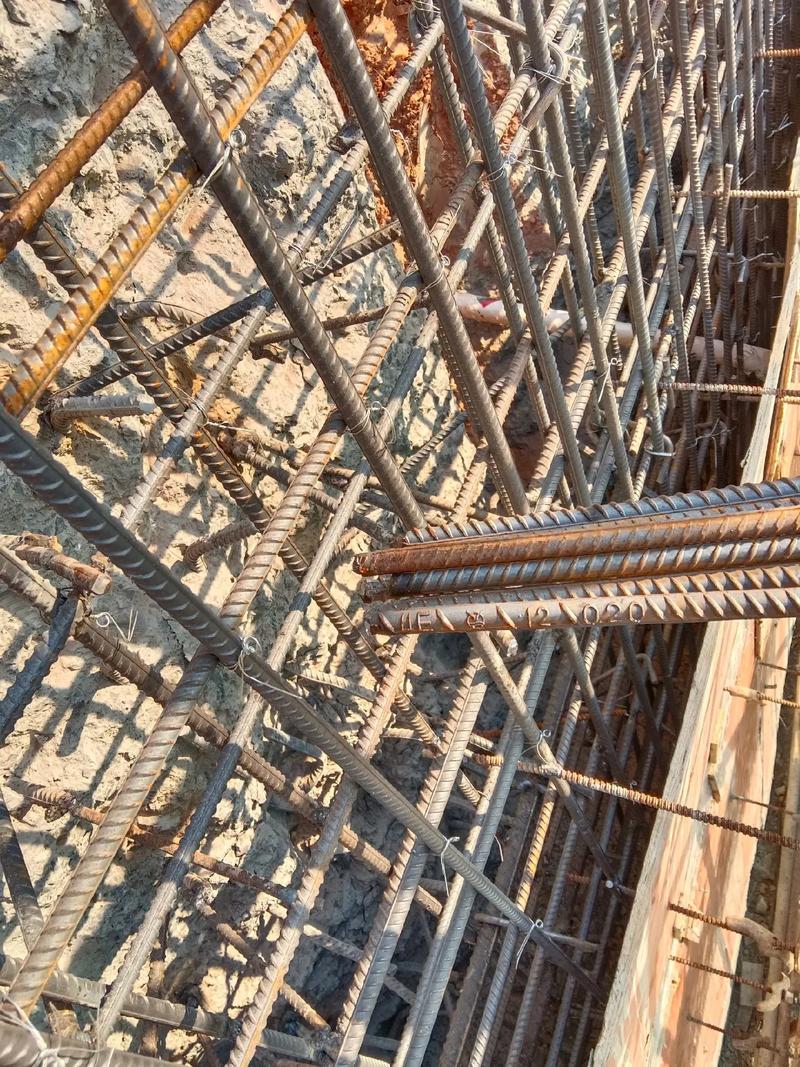What Type of Carbon Steel Is Rebar? A Complete Guide to Choosing the Right Material
In the world of construction, rebar plays a critical role in reinforcing concrete structures. Whether it's a towering skyscraper, a residential building, or a bridge, rebar ensures that the concrete can handle tensile stress, which concrete alone cannot bear effectively. But not all rebar is created equal—one key factor that influences the performance of rebar is the type of carbon steel used in its production.
If you're asking, "What type of carbon steel is rebar?" you've come to the right place. In this article, we'll dive deep into the different types of carbon steel used for rebar, how they affect construction, and how to choose the right rebar material for your project.

What Is Rebar?
Rebar, short for "reinforcing bar," is a steel bar or mesh of steel wires used to reinforce concrete and masonry structures. Concrete is strong in compression but weak in tension, meaning it can crack under tensile forces. Rebar compensates for this weakness by adding tensile strength, enabling the concrete to withstand bending, stretching, and heavy loads.
Typically, rebar is made from various grades of steel, with carbon steel being the most common material due to its excellent strength, affordability, and availability. The carbon content of the steel plays a vital role in determining the properties of the rebar, which is why it's important to understand what type of carbon steel is used.
The Importance of Carbon Steel in Rebar Production
Carbon steel is one of the most widely used materials for producing rebar, primarily due to its exceptional mechanical properties and cost-effectiveness. The carbon content in the steel influences its hardness, strength, and flexibility, which are critical factors in construction.
Why carbon steel for rebar?
- Strength and Durability: Carbon steel provides excellent tensile strength, making it an ideal choice for reinforcing concrete structures that must withstand tension and compression.
- Cost-Effective: Compared to other steel alloys, carbon steel is less expensive, making it a preferred choice for large construction projects.
- Versatile: Carbon steel rebar comes in different grades, which means it can be tailored to suit various structural needs.
Types of Carbon Steel Used in Rebar
There are three main types of carbon steel used to produce rebar, each distinguished by its carbon content. The higher the carbon content, the harder the steel—but harder steel can also be more brittle. Let’s explore each type.
-
Low Carbon Steel Rebar (Carbon content: ≤ 0.30%)
- Characteristics: This type of rebar is soft and highly ductile, meaning it can bend without breaking, which is a critical property in seismic regions or areas where flexibility is required.
- Applications: Low carbon steel rebar is commonly used in projects where the rebar must be shaped or bent on-site, such as in complex or curved structures.
- Advantages: Easier to work with due to its flexibility and more resistant to breaking under stress.
-
Medium Carbon Steel Rebar (Carbon content: 0.30% to 0.60%)
- Characteristics: Medium carbon steel strikes a balance between strength and ductility. It is stronger than low carbon steel but can still be shaped and manipulated to some extent.
- Applications: Ideal for general construction projects where both strength and some degree of flexibility are required, such as in residential buildings, highways, and bridges.
- Advantages: Offers a good combination of strength and workability, making it versatile for various construction purposes.
-
High Carbon Steel Rebar (Carbon content: 0.60% to 1.00%)
- Characteristics: This type of rebar is extremely strong and hard but much less ductile, meaning it doesn’t bend easily and can be prone to cracking under high stress.
- Applications: While high carbon steel is less commonly used for rebar in general construction, it may be used in specialized applications that require maximum strength and resistance to wear.
- Advantages: Provides superior tensile strength, which is beneficial in structures that must bear heavy loads.
Why the Type of Carbon Steel Matters
The choice of carbon steel type directly affects the performance of the rebar and, consequently, the durability of the structure. Here’s why it’s important to choose the right type:
- Performance Differences: Low carbon steel offers greater flexibility, while high carbon steel provides superior strength. Depending on the structural demands of your project, selecting the correct type is essential to ensure the integrity of the construction.
- Structural Integrity: The grade of steel impacts the overall stability of your structure. Using a less suitable grade may lead to premature failure or costly repairs down the line.
- Cost and Environmental Considerations: While higher carbon steel can provide stronger rebar, it may be overkill for certain projects and drive up costs unnecessarily. Additionally, carbon content impacts the recyclability of steel, which can be an important environmental consideration for some projects.
Choosing the Right Rebar for Your Project
Selecting the appropriate rebar type involves weighing several factors:
- Strength Requirements: Projects that demand high tensile strength, such as large commercial buildings or infrastructure projects, might benefit from medium to high carbon steel rebar.
- Corrosion Resistance: If the structure will be exposed to moisture or harsh environmental conditions, coatings or treatments may be necessary, even for carbon steel rebar, to prevent rust and corrosion.
- Flexibility: In areas prone to earthquakes or where rebar will be bent on-site, low carbon steel is usually the best choice.
- Budget Considerations: Low carbon steel is often more affordable and suitable for smaller-scale or less demanding projects, while higher-grade steel may be necessary for more robust applications.
When choosing rebar, it’s also crucial to follow building codes and standards such as those set by the American Society for Testing and Materials (ASTM) or the American Concrete Institute (ACI), which outline specific requirements for rebar grades based on project needs.
Conclusion
Understanding what type of carbon steel is rebar is key to ensuring the success and longevity of your construction project. From the flexible and ductile low carbon steel rebar to the robust and strong high carbon steel rebar, selecting the right material can make all the difference in both cost and performance.
When in doubt, consult with a construction expert or engineer to assess the specific needs of your project. By following industry standards and choosing the right type of rebar, you can build stronger, more durable, and long-lasting structures.
Call to Action: Ready to start your next construction project? Make sure you choose the right rebar material by consulting professionals and adhering to structural standards. Stay informed, and ensure your project stands the test of time!

